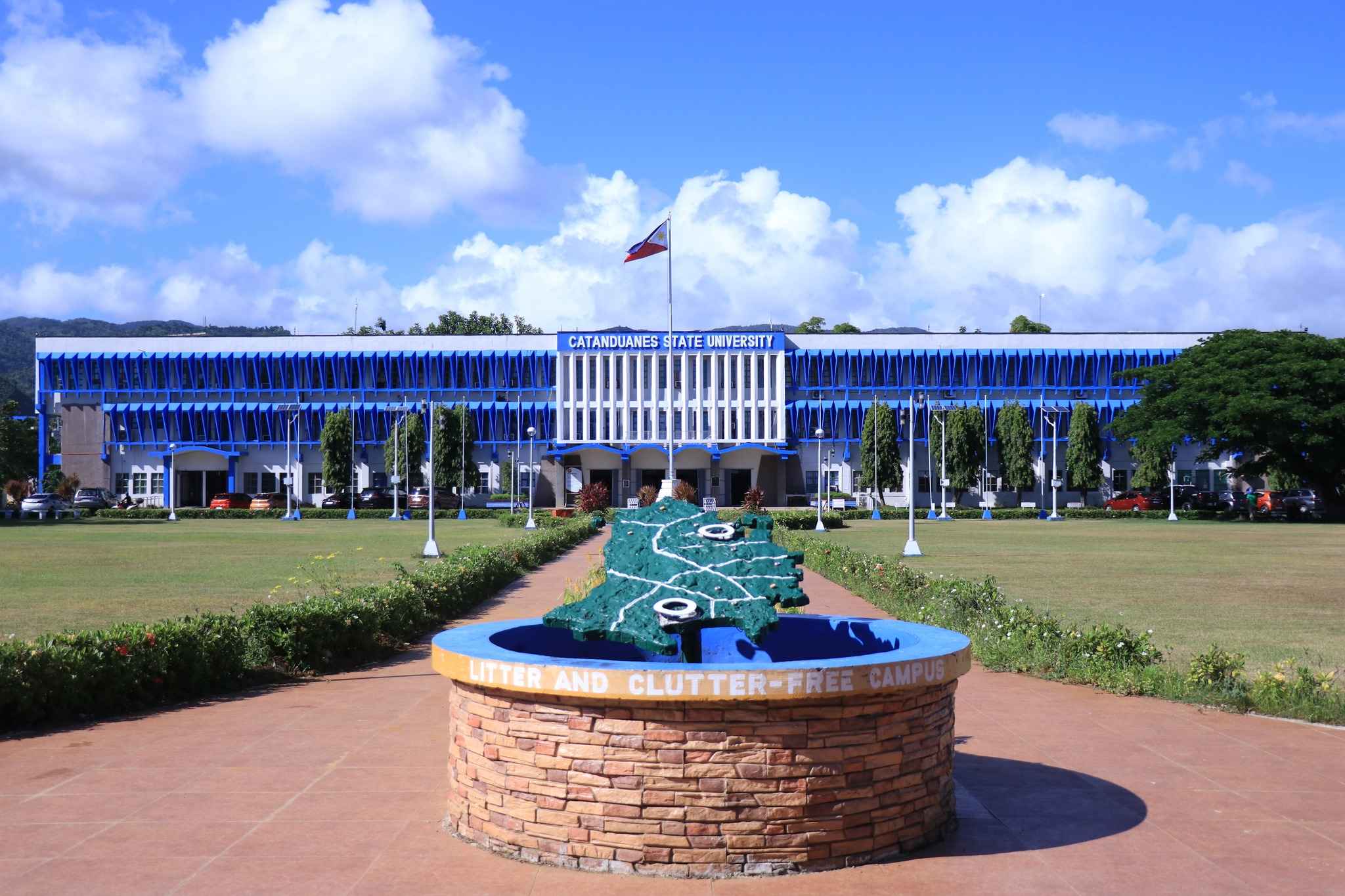CatSU marks 62 years of academic excellence
AdministrationJune 18, 2023 marks a significant milestone for Catanduanes State
University (CatSU) as it celebrates its 62nd anniversary. In an effort to
ensure historical accuracy, the university has readjusted its founding year to
reflect the true establishment date.
Back on June 18, 1961, Republic Act 3398, entitled "An Act Providing for the Establishment of a National Agricultural and Trade School in the Municipality of Virac, Province of Catanduanes, and Authorizing the Appropriation of Funds Therefor," was promulgated. With its enactment, the Virac National Agricultural and Trade School (VNATS) came into existence.
Ten years later, on June 19, 1971, the VNATS was transformed into the Catanduanes State Colleges (CSC) through Republic Act 6341. This transition marked an important step in the institution's growth and development.
Further progress was made on October 19, 2012, with the enactment of Republic Act No. 10229, officially converting the Catanduanes State Colleges into Catanduanes State University (CatSU). This upgrade reflected the university's expanding academic programs and its commitment to providing quality higher education to the community.
The university logo has been rectified to accurately represent the founding year of 1961. This symbolic change serves as a reminder of CatSU's rich history and its continuous evolution as a center of learning and innovation.
Throughout its 62 years of existence, Catanduanes State University has
remained dedicated to academic excellence, research, and community engagement.
The university has played a vital role in shaping the educational landscape of
the province and producing graduates who contribute to the development of
Catanduanes and beyond.
Unveiling
the Illustrious History of VNATS, the Mother Institution of CatSU
In commemoration of its 62nd
founding anniversary, let us delve into the rich history of VNATS (National Agricultural
and Trade School), the mother institution of Catanduanes State University
(CatSU).
Dr. Ramon Felipe A. Sarmiento,
Vice President for Research, Extension, and Production Affairs, takes us on a
journey through time, highlighting the significant milestones that shaped VNATS
into the institution it is today.
The 1950s marked a pivotal era
for the Philippines' pursuit of nation-building through rural development. It
was during this time that numerous agriculture and trade schools emerged at the
secondary level. In line with this nationwide movement, Republic Act 3398,
titled "An Act Providing for the Establishment of a National Agricultural
and Trade School in the Municipality of Virac, Province of Catanduanes, and
Authorizing the Appropriation of Funds Therefor," was promulgated on June
18, 1961.
With an initial appropriation
of PhP200,000, VNATS was born on the Calatagan campus. Its inaugural main
building occupied the very spot where the current College of Education stands
proudly today. Mr. Maximo S. Binos assumed the role of the first Principal,
leading VNATS on its path to excellence. In 1967, the school celebrated a
significant milestone by producing its first batch of 31 graduates. The
curriculum not only emphasized traditional secondary courses but also immersed
students in the science and practice of agriculture, providing them with
hands-on skills and knowledge.
Campus life at VNATS possessed
its own unique charm and characteristics, fostering a nurturing environment for
its students:
VNATSians were well-versed in
parliamentary principles and rules, exhibiting their expertise by winning
contests at the regional level.
Students residing beyond a
10-kilometer radius were accommodated in dormitories constructed by their
parents.
Enrollees hailed from all
corners of the province, walking to school and bringing packed lunches wrapped
in banana leaves.
VNATS students had the
opportunity to earn money by engaging in various agricultural ventures
facilitated by the school.
Special working days were
implemented, where teachers, administrators, and students labored together in
the fields, fostering a sense of unity and community.
Regular gatherings or
"pabayle" were held on campus, offering young teachers a respite from
rural life and giving students a chance to socialize and establish connections
for the future.
VNATSians encountered
occasional teasing by being referred to as "taga pulang-lupa" (people
from the red soil), but they proudly shrugged it off, knowing they were
receiving a top-notch education and were well-versed in parliamentary
procedures.
The final batch of VNATS
students received their diplomas in March 1972, marking the culmination of an
era. In total, VNATS produced six batches, comprising 232 graduates. Shortly
after the last graduation, Catanduanes State Colleges opened its doors for
enrollment in graduate courses during the summer of 1972.
Bikol historian Dr. Danny
Gerona notes the possibility of a precursor school, reminiscent of the
"farm schools" established by the Americans in the pre-war era. This
intriguing aspect invites further research and exploration, according to Dr.
Sarmiento.
As we celebrate VNATS' 62nd
founding anniversary, let us honor the institution's legacy, which has played a
vital role in the educational landscape of Catanduanes. The journey of VNATS
serves as a testament to the power of education, rural development, and the
unwavering spirit of its students and educators. #FJBT






















